 To enhance service speed and avoid tariff delays, we've opened a US warehouse. All US orders ship directly from our US facility.
To enhance service speed and avoid tariff delays, we've opened a US warehouse. All US orders ship directly from our US facility.
| Cat. No. | Product Name | Field of Application | Chemical Structure |
|---|---|---|---|
| DC75937 | 10-Deoxymethymycin |
10-Deoxymethymycin (Antibiotic YC 17) displays antibiotic activity against Gram positive bacteria.
More description
|

|
| DC75936 | (R)-DS86760016 |
(R)-DS86760016 is the R-enantiomer of DS86760016 and a linker. Mc-Pro-PAB-MMAE can be used for synthesis of ADCs.
More description
|

|
| DC75935 | (E/Z)-MC4 |
(E/Z)-MC4 is an enantiomer of the antibacterial agent MC4, which has antibacterial activity against a group of Staphylococcus aureus strains including MRSA, and has no significant toxicity to mammalian cells.
More description
|

|
| DC21276 | Seltorexant Featured |
A potent, selective, orally active orexin-2 receptor (OX2R) antagonist with pKi of 8.0 and 8.1 for human and rat OX2R, respectively.
More description
|
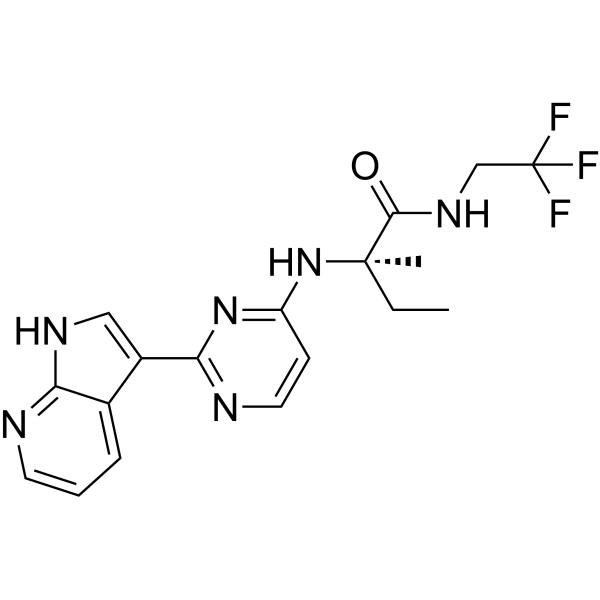
|
| DC70512 | IODVA1 Featured |
IODVA1 is a small molecule with cellular inhibitory activity against several transformed cell lines including Ras-driven cells, targets Rac activation and signaling instead of Ras;
IODVA1 inhibits ST8814 cell proliferation with GI50 of 1 uM, similar results were observed with MCF7, MDA-MB-231, and T47D cells with estimated GI50s <1 uM.
IODVA1 significantly decreases number of colonies of the breast cancer cells in soft agar at 1 and 3 uM.
IODVA1 probably does not bind Ras and that its mechanism of action is likely Ras-independent, inhibits lamellipodia and circular dorsal ruffle (CDR) formation in MDA-MB-231 cells and decreases Rac activation.
IODVA1 inhibits Rac activation and downstream signaling leading to inhibition of lamellipodia and CDR formation; IODVA1 inhibits cell-substratum and cell-cell interactions, does not target kinases, and reduces tumor burden of solid tumors in vivo.
More description
|
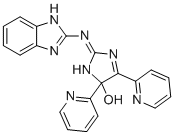
|
| DC76504 | Δ9-THCH |
Δ9-THCH is structurally similar to known phytocannabinoids.
More description
|

|
| DC66462 | FAP-IN-2 Featured |
FAP-IN-2 is a derivative of 99mTc-labeled isonitrile-containing fibroblast activation protein (FAPI) inhibitor. FAP-IN-2 can be used for tumor imaging. FAP-IN-2 has good stability, high uptake and good retention in the tumor site of mouse model.
More description
|
.gif)
|
| DC46163 | Epitinib Featured |
Epitinib is an orally active and selective epidermal growth factor receptor tyrosine kinase inhibitor (EGFR-TKI) designed for optimal brain penetration. Epitinib can be used for the research of cancer.
More description
|

|
| DC82032 | Methoxy-X04 Featured |
Methoxy-X04 is a fluorescent dye that crosses the blood-brain barrier and selectively binds to beta-pleated sheets found in dense core amyloid Aβ plaques.
More description
|
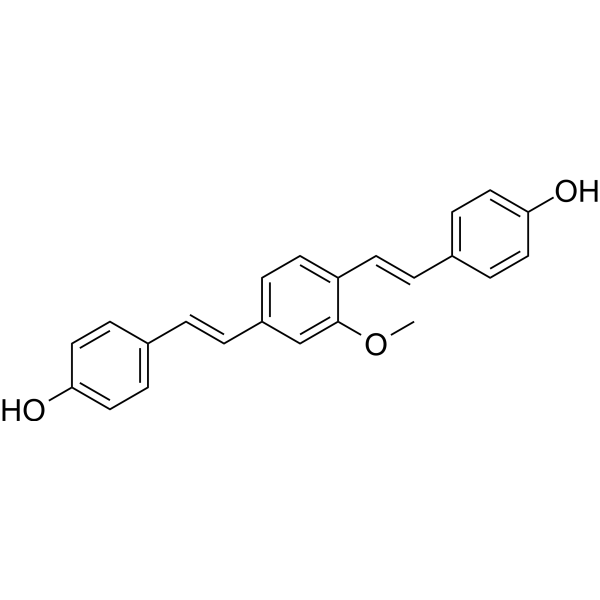
|
| DC22431 | AM432 sodium Featured |
AM 432 is potent, selective, orally active prostaglandin D2 receptor (DP2/CRTH2) antagonist with binding IC50 of 6 nM for hDP2.AM-432 shows no cross-reactivity against the TP or IP receptors, COX-1 or COX-2 and minimal activity at DP1 receptor.
AM432 shows excellent potency in a human whole blood eosinophil shape change assay.AM432 exhibits efficacy in both a murine model of allergic rhinitis and a cigarette smoke induced inflammatory model of COPD.
More description
|
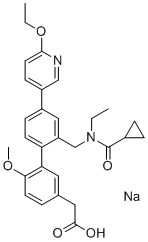
|
| DC12212 | Mulberrin (Kuwanon C) Featured |
Mulberrin is a strong inhibitor of organic anion-transporting polypeptide 2B1 (OATP2B1)-mediated estrone-3-sulfate (E3S) uptake with an IC50 value being 1.8 ±1.5 μM.
More description
|
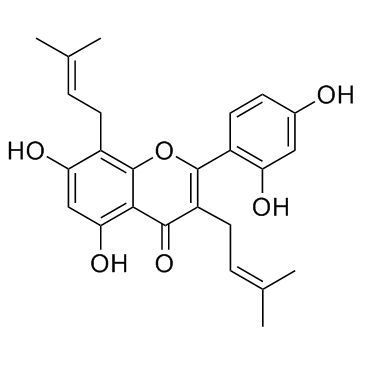
|
| DC73217 | Thioparib Featured |
Thioparib is a next-generation potent, orally bioavailable pan-PARP inhibitor with IC50 of 0.13/0.006 nM (PARP1/2), overcomes multiple PARPi resistance both in vitro and in vivo.
More description
|
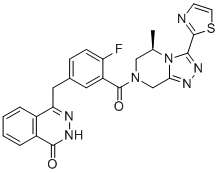
|
| DC48385 | MC-VC-PABC-amide-PEG1-CH2-CC-885 Featured |
MC-VC-PABC-amide-PEG1-CH2-CC-885 is an Antibody-Drug Conjugates (ADC) based on protein degrading agent (protac molecular glue, etc.).
More description
|

|
| DC73322 | DP308 Featured |
DP308 is a novel and effective 53BP1 tandem Tudor domain (TTD) inhibitor, disrupts the binding between 53BP1 and H4K20me2 peptide with IC50 of 1.69 uM.
More description
|
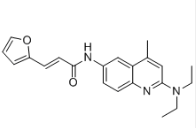
|
| DCC1275 | Ccg-175472 Featured |
Novel Inhibitor of TonB Function
More description
|
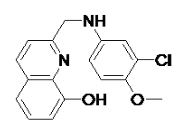
|
| DC21529 | PRD125 Featured |
A potent and selective inhibitor of sterol O-acyltransferase 2 (SOAT2, ACAT2) with IC50 of 11.8 nM, >6,000-fold selectivity over ACAT1.
More description
|
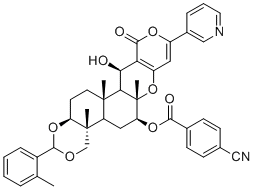
|
| DC22999 | CBR-096-4 Featured |
A derivative of the antifungal drug itraconazole (ITA) as an inhibitor of MFB cell fate in resident fibroblasts derived from multiple murine and human tissues.
More description
|
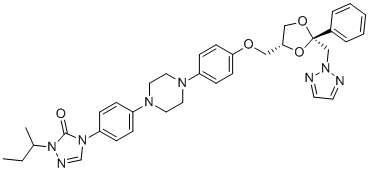
|
| DC60863 | D223 (DS02312223) Featured |
D223 is a molecular glue and promotes glucose uptake in the absence of insulin. D223 also increases the affinity of RAS binding to PI3Kα by ~500-fold.
More description
|
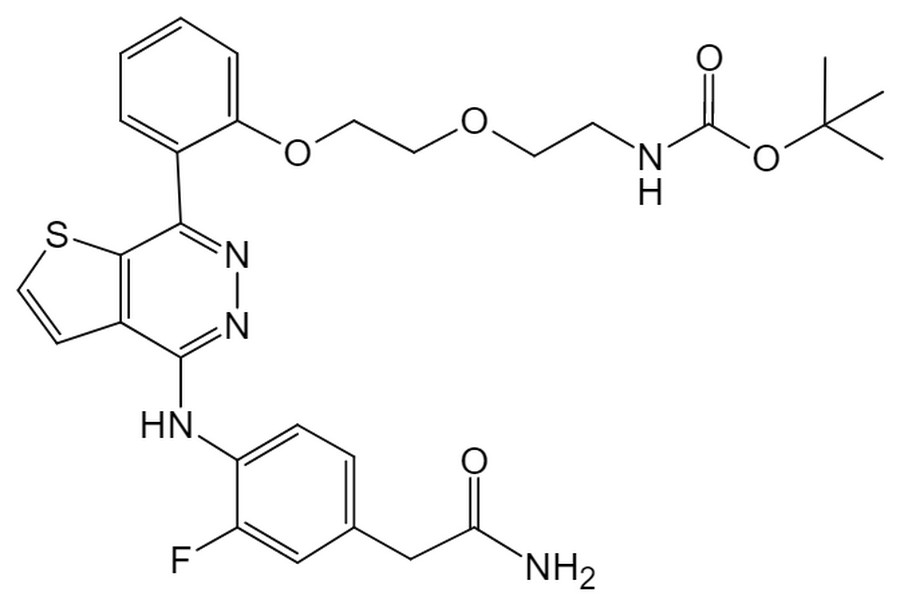
|
| DCAPI1516 | Eribulin Featured |
Eribulin Mesylate (E7389 Mesylate), a synthetic analogue of halichondrin B in phase III clinical trials for breast cancer, binds to tubulin and microtubules.
More description
|
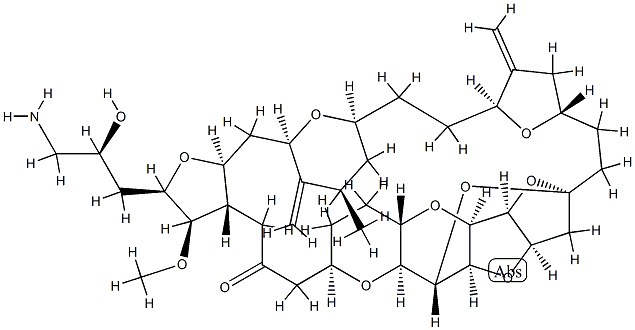
|
| DC60859 | MT-125(MT 125) Featured |
MT125 is a brain-penetrant small-molecule inhibitor selectively targeting non-muscle myosin IIA/B (NMIIA/B) with >20-fold specificity over cardiac myosin. It demonstrates potent anti-glioblastoma activity by: (1) blocking tumor invasion and cytokinesis (inducing polyploidy), (2) disrupting mitochondrial dynamics to elevate ROS and trigger ferroptosis, and (3) sensitizing tumors to radiotherapy/kinase inhibitors via ROS-driven PDGFR/mTOR pathway activation. Subcutaneous administration achieves brain concentrations twice plasma levels (t1/2~10.5 hr) with no toxicity observed at 15× the therapeutic dose in rats. MT-125 monotherapy extends survival in GBM models, while combinations with PDGFR/PI3K inhibitors induce long-term remission (>40% mice). Its first-in-class mechanism, safety profile, and CNS bioavailability support clinical development for glioblastoma.
More description
|
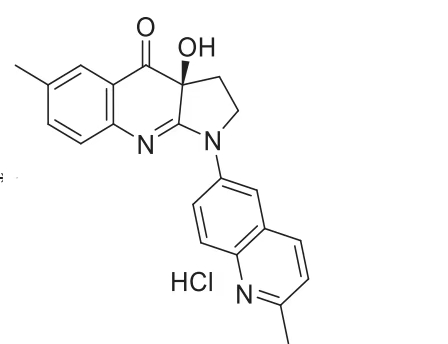
|
| A003 | Alirocumab Biosimilar(Anti-PCSK9 Reference Antibody) Featured |
Alirocumab is a human monoclonal antibody that binds to proprotein convertase subtilisin kexin type 9 (PCSK9) and it can reduce cholesterol levels in the blood.
More description
|

|
| A014 | Nivolumab Biosimilar(Anti-PDCD1 / PD-1 / CD279 Reference Antibody) Featured |
Nivolumab anti-PD-1) is a genetically engineered fully human immunoglobulin Ig) G4 monoclonal antibody directed against the negative immunoregulatory human cell surface receptor programmed death-1PD-1PCD-1) with immune checkpoint inhibitory and antineoplastic activities.
More description
|
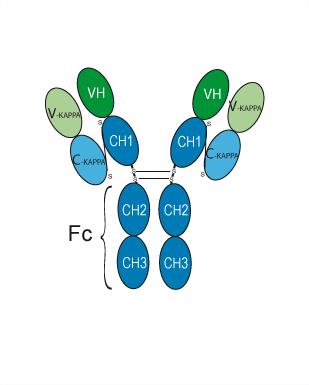
|
| DC74299 | BC18630 free base Featured |
BC18630 free base (BC 18630) is a small molecule inhibitor of the E3 ubiquitin ligase subunit DCAF7, potently inhibits SARS-CoV-2 infection with IC50 of 39 nM in cell-based assays.
More description
|
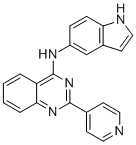
|
| DC42673 | RS-0406 Featured |
RS-0406 is a novel beta-sheet breaker, RS-0406 reverses amyloid beta-induced cytotoxicity and impairment of long-term potentiation in vitro. RS-0406 arrests amyloid-beta oligomer-induced behavioural deterioration in vivo.
More description
|

|
| DC74018 | HTS13286 Featured |
HTS13286 is a selective AQP9 inhibitor with IC50 of 1.5 uM (inhibition of CHO-AQP9 cell water permeability).
More description
|

|
| DC39030 | SR-717 (lithium salt) Featured |
SR-717 is a non-nucleotide STING agonist with EC50s of 2.1 μM and 2.2 μM in ISG-THP1 (WT) and ISG-THP1 cGAS KO (cGAS KO) cell lines, respectively. SR-717 is a stable cyclic guanosine monophosphate-adenosine monophosphate (cGAMP) mimetic.
More description
|

|
| DC11803 | GLPG-1690(Ziritaxestat) Featured |
GLPG-1690 is a first-in-class, potent, competitive autotaxin inhibitor with Ki/IC50 of 15 nM/131 nM.
More description
|
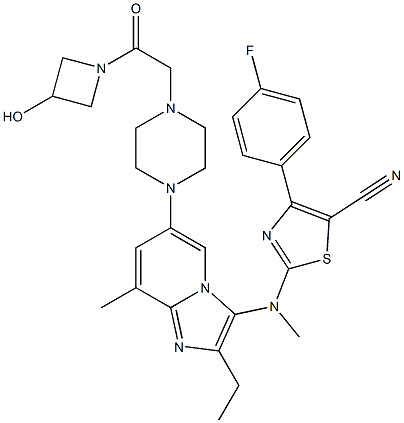
|
| DC74567 | SWTX-143 Featured |
SWTX-143 is a potent, irreversible and covalent YAP/TAZ-TEAD inhibitor with IC50 of 12 nM in luciferase reporter assays, binds to the palmitoylation pocket of all four TEAD isoforms, inhibits Hippo pathway-mutant cancer cells.
More description
|
.gif)
|
| DC45679 | 2-Amino-2-deoxyglucose hydrochloride Featured |
2-Amino-2-deoxyglucose hydrochloride is a hexosamine hydrochloride can be used in the synthesis of cyclopropene-modified hexosamine derivative Ac4GlcNCyoc and Ac4GalNCyoc.
More description
|
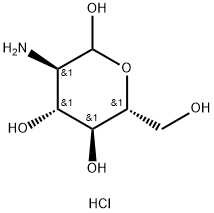
|
| DC10876 | H-151 Featured |
H-151(H151) is a novel STING (stimulator of interferon genes) antagonist.
More description
|

|